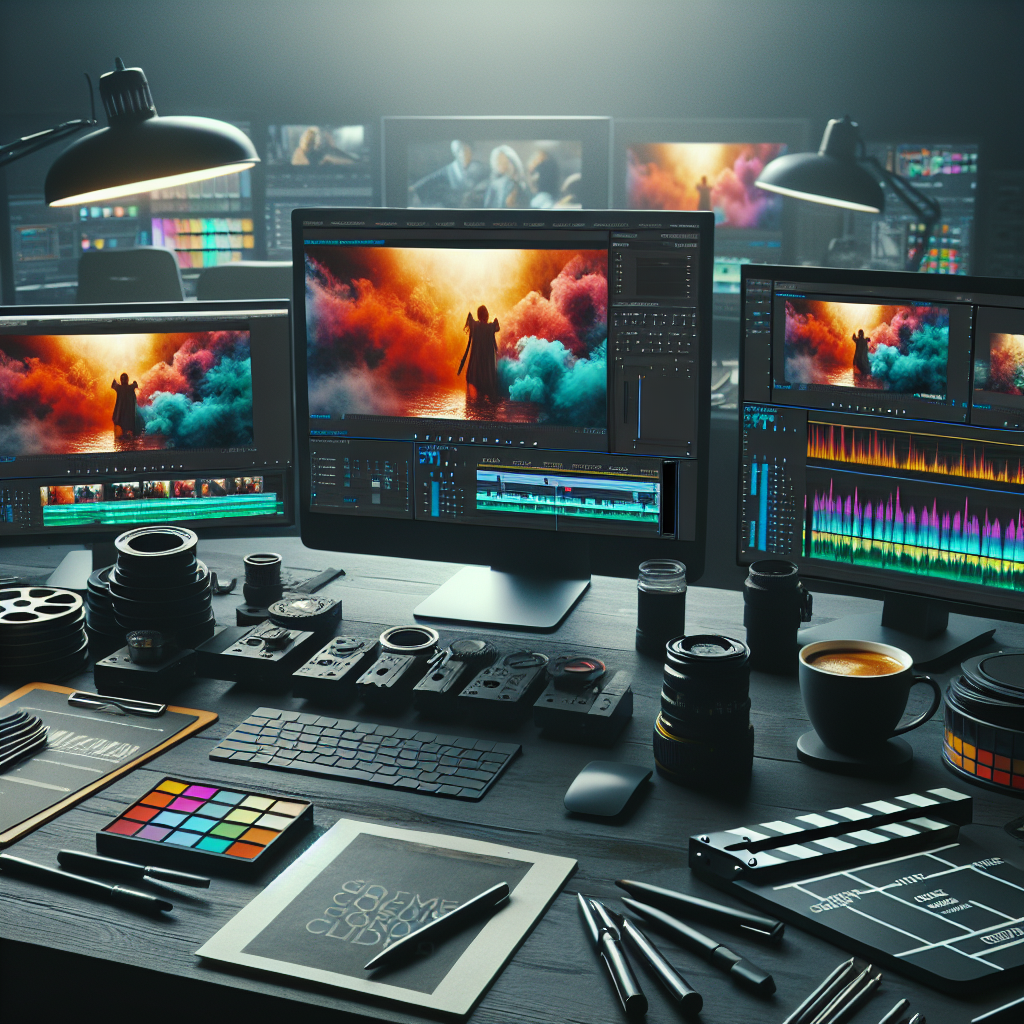Post Production Techniques for Breathtaking Visuals
In the world of filmmaking, post-production plays an incredibly crucial role in bringing about striking visuals that significantly enhance storytelling. If executed correctly, these techniques can turn a mediocre piece into a masterpiece. Here are some techniques that can be used to create breathtaking visuals.
Color Grading
Color grading is one of the essential aspects of post-production. It helps adjust the color, contrast, and saturation of the image to affect the audience’s emotions and perceptions. A range of software like DaVinci Resolve, Adobe After Effects, and Final Cut Pro X can perform color grading tasks. It can transform the look and feel of the scene entirely. By color grading, we can give the film a professional look it deserves.
Visual Effects (VFX)
Visual effects (VFX) is the process of integrating live-action footage and computer-generated imagery (CGI) to create environments that look realistic. Films with a larger budget often rely on VFX to bring their vision to life. With software like Adobe After Effects and Maya, you can create anything from a beautiful sunrise to a terrifying monster.
Editing
Editing is the backbone of post-production. It involves ordering the scenes correctly, removing unnecessary footage, and adding transitions between scenes. Proper editing can make the difference between a scene that is compelling and one that is not. There are numerous editing software options available such as Adobe Premier, Avid Media Composer, and Final Cut Pro.
Sound Mixing and Design
A good visual is incomplete without good sound. The process of sound mixing involves carefully balancing dialogues, background music, and sound effects to create an optimal audio experience. Sound design, on the other hand, refers to the creation of sounds tailored to the visuals. Softwares like Pro Tools and Adobe Audition can be used for sound mixing and design.
3-D Animation
3D animation is an exceptional technique used in post-production that can completely transform the look of a film. With 3D animation, filmmakers can make characters and sceneries more lifelike. Softwares like Blender, Maya, and Cinema 4D are broadly used in the industry for 3D animation.
Conclusion
The influence of post-production on visual storytelling cannot be overstated. By using these techniques, filmmakers can take their viewers on an unforgettable visual journey. From color grading to 3D animation, each aspect of post-production demands considerable time and technical expertise, but the end result is certainly worth the effort.
Frequently Asked Questions
1. What is the importance of color grading in post-production?
Color grading adds an emotional depth to the scene and leads the audience’s perception. It can significantly affect the film’s mood and feel, making this technique essential for post-production.
2. Can we create visuals without VFX or 3D animation?
Filmmakers have been making movies long before the advent of VFX or 3D animation. These are tools to enhance the storytelling process but aren’t always necessary. A film’s success greatly depends on its story, performances, and direction.
3. Are there free software to carry out post-production techniques?
Yes, there are many free and open-source software like DaVinci Resolve for color grading, Blender for 3-D animation, and Audacity for sound mixing, which could be great to start with.
4. How long does post-production usually take?
The duration of post-production largely depends on the film’s complexity, budget, and manpower. On average, it could take anywhere from a few weeks to several months.
5. What does a sound designer do?
A sound designer is responsible for creating the auditory experience of a film. This includes generating sounds that sync with the visuals and contribute to the story’s mood and atmosphere.

